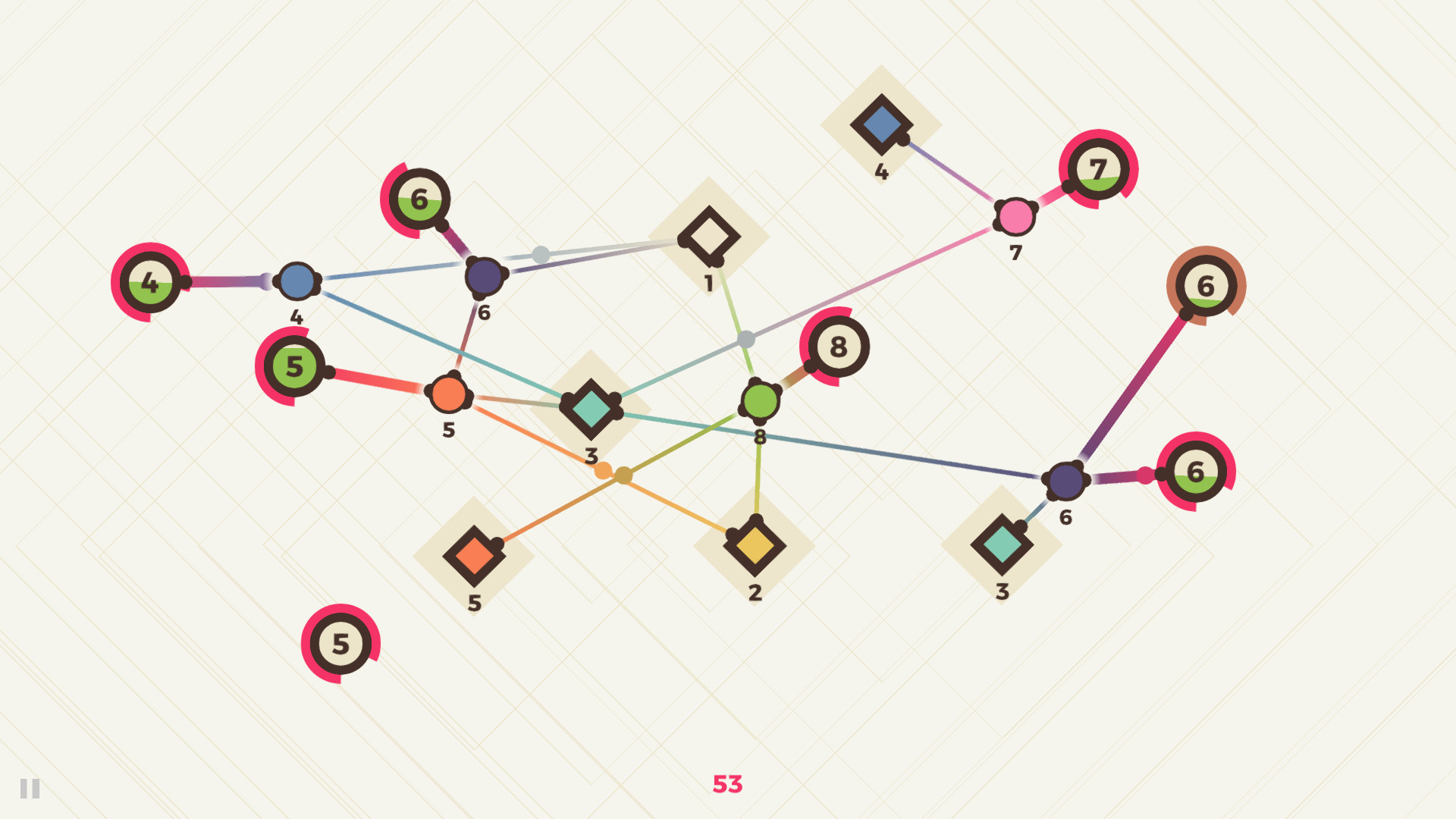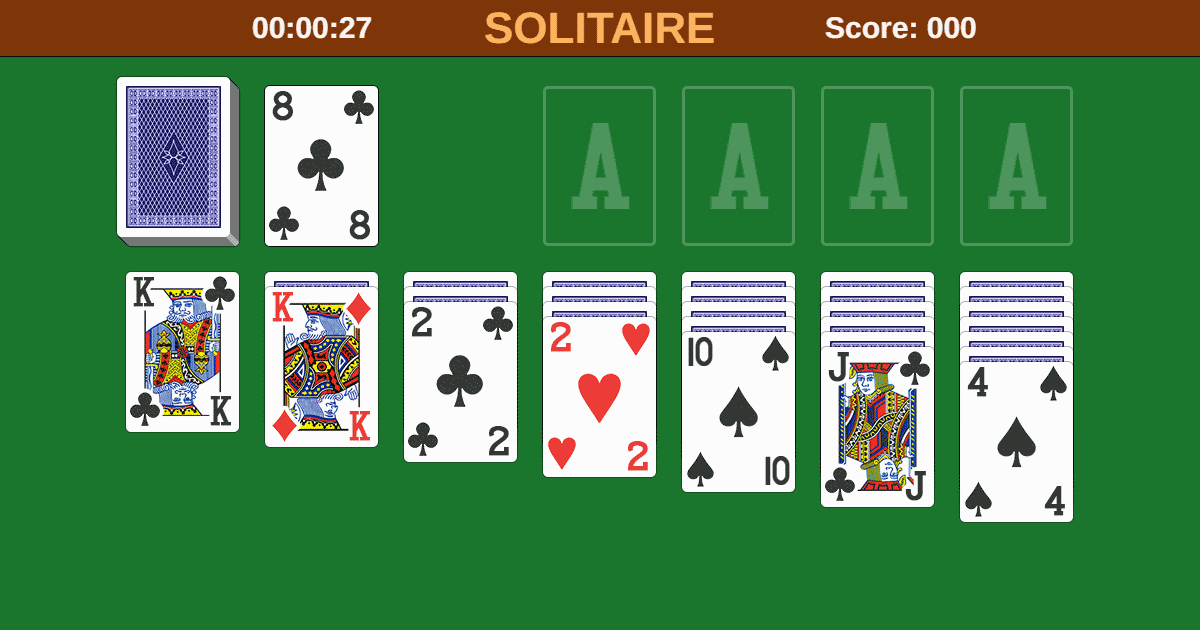The Powernode game is a puzzle game that blends strategy, resource management, and a minimalist design. As a player, your task is to create energy networks by connecting nodes in order to generate power. The game combines puzzle-solving skills with strategic thinking, making it a delightful and engaging experience. This guide will explore the features, mechanics, and strategies involved in playing Powernode, as well as tips for success.
What is Powernode?
Powernode is a game where players are required to link various nodes in a network to produce energy. It was developed with a minimalist yet highly appealing visual design, making it both relaxing and challenging. The core of the game revolves around placing connections between numbered nodes and power points to balance the demand for energy while ensuring that the network remains efficient.
Players need to strategize how they build and manage the energy grid to avoid overloading their connections. The challenge increases as the game progresses, requiring better planning and resource management. The game’s simple appearance belies the depth of thinking required to keep energy flowing smoothly across the board.
Features of Powernode
- Minimalist Design: The game’s interface is sleek, clean, and easy to navigate.
- Strategic Gameplay: Players must think ahead, plan connections, and avoid overloading nodes.
- Increasing Difficulty: As the player progresses, the complexity and difficulty of the puzzles increase.
- Relaxing Music: The soothing soundtrack complements the gameplay, creating a relaxing environment for players.
How to Play Powernode
Powernode’s mechanics are simple to grasp but hard to master. Players are presented with numbered nodes that represent power points, and they need to connect them in a way that efficiently distributes energy. Here’s a breakdown of how the game works:
Understanding the Nodes
Each node in the game is represented by a number that indicates the power it needs or can provide. Nodes can be linked together to balance energy production and consumption. The challenge comes from ensuring that no node is overloaded, which can lead to the breakdown of the energy network.
Connecting the Nodes
To connect nodes, you simply draw lines between them. However, the placement of connections is crucial. If too many nodes are linked to a single point, the energy grid can become unstable. Successful players must prioritize efficiency and balance in their connections, ensuring that no one part of the network bears too much strain.
Managing Resources
In Powernode, managing your resources is key to progressing through the levels. As you connect more nodes, the energy demands increase, and players need to be mindful of their resource allocations. Proper management ensures that energy continues to flow without overloading any single connection.
Levels and Progression
The game features different levels, each of which introduces new challenges. As you advance through the levels, more nodes appear, requiring increasingly complex strategies to maintain the energy network. The difficulty curve ensures that the game remains engaging, with new mechanics and challenges introduced at regular intervals.
Strategies for Mastering Powernode
Powernode may seem like a relaxing puzzle game at first glance, but its increasing complexity requires strategic planning and quick thinking. Here are some strategies to help you succeed:
1. Prioritize Efficiency Over Complexity
When building your energy network, always aim for the most efficient connections. While it may be tempting to link as many nodes as possible, creating complex webs of connections can lead to energy overloads. Start with small, manageable networks and build outwards as necessary.
2. Plan Your Moves in Advance
Powernode is a game that rewards foresight. Always plan your moves in advance, considering the future demands that new nodes will place on the grid. If you react impulsively and link nodes without thinking ahead, you may find yourself overwhelmed later on.
3. Monitor Your Network’s Load
As you connect more nodes, it’s important to keep an eye on the load that each connection is carrying. If a node is handling too much energy, it can cause a breakdown in the network. Always monitor the balance between your nodes to ensure smooth energy flow.
4. Use Redundant Connections Wisely
In some situations, adding a redundant connection can help distribute energy more evenly across the network. However, overdoing it can also lead to confusion and overcomplication. Use redundant connections sparingly and only when absolutely necessary.
5. Take Breaks to Refresh Your Thinking
Powernode can be mentally taxing, especially as the levels become more difficult. If you find yourself stuck, take a break and come back to the game later. A fresh perspective can help you solve complex puzzles more easily.
Tips for New Players
If you’re new to Powernode, here are a few tips to get started:
- Start Simple: Don’t try to create complex networks right away. Focus on small, efficient connections and build outward as the need arises.
- Pay Attention to the Numbers: Always keep an eye on the numbers displayed on each node. They tell you how much power the node is producing or consuming, which is vital to keeping your network balanced.
- Stay Calm Under Pressure: The game can get intense as more nodes appear, but staying calm and thinking strategically will help you keep your network running smoothly.
Powernode’s Appeal
Powernode is particularly appealing due to its combination of minimalist design and deep strategic gameplay. Unlike other puzzle games that rely on flashy graphics or complex rules, Powernode’s simple presentation allows players to focus purely on strategy and puzzle-solving.
The Relaxing Atmosphere
The game’s ambient soundtrack and smooth, flowing gameplay create a relaxing atmosphere. Even though the puzzles can be challenging, the lack of time pressure and the meditative music make it an enjoyable experience for players who want to unwind.
Replayability
The randomized nature of the levels and the ever-increasing difficulty ensure that Powernode remains engaging even after multiple playthroughs. Players can experiment with different strategies, trying to optimize their energy grids in new ways with each attempt.
Why Powernode Stands Out Among Puzzle Games
Powernode stands out in the crowded world of puzzle games for a few reasons:
- Unique Concept: Unlike most puzzle games that rely on familiar mechanics, Powernode introduces a fresh concept centered around energy management and strategic node connections.
- Minimalist Aesthetic: The clean, simple design of Powernode makes it visually appealing and easy to navigate, allowing players to focus on solving puzzles without distractions.
- Strategic Depth: While easy to pick up, Powernode offers surprising depth in its gameplay, requiring players to think several steps ahead and balance multiple factors at once.
Conclusion
Powernode is a delightful blend of puzzle-solving and strategy that offers a unique gaming experience. Its minimalist design, soothing atmosphere, and strategic depth make it a standout title in the puzzle game genre. Whether you’re a casual gamer looking for a relaxing experience or a puzzle enthusiast seeking a challenge, Powernode offers something for everyone.
By focusing on efficiency, planning ahead, and managing resources wisely, you can master the intricate networks of Powernode and keep the energy flowing. So, if you’re looking for a game that combines simplicity with strategic depth, Powernode is definitely worth your time.


